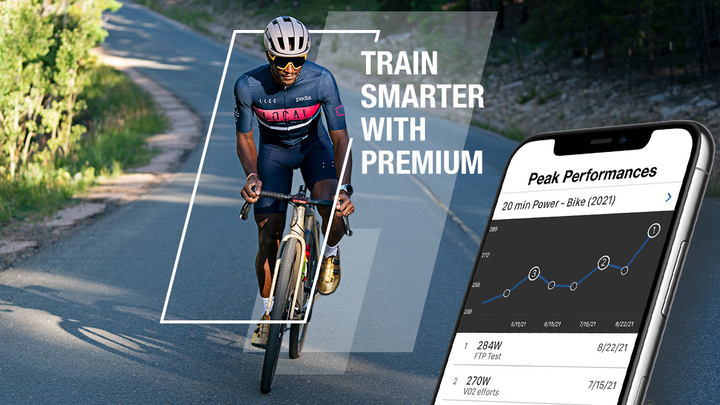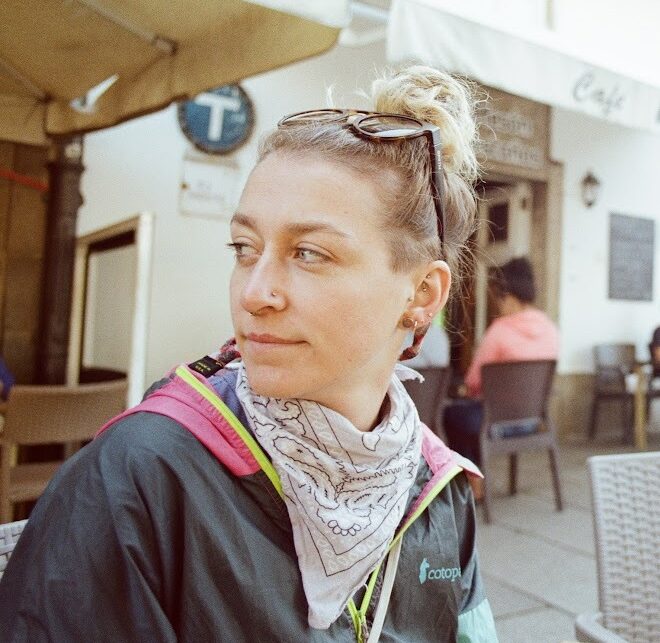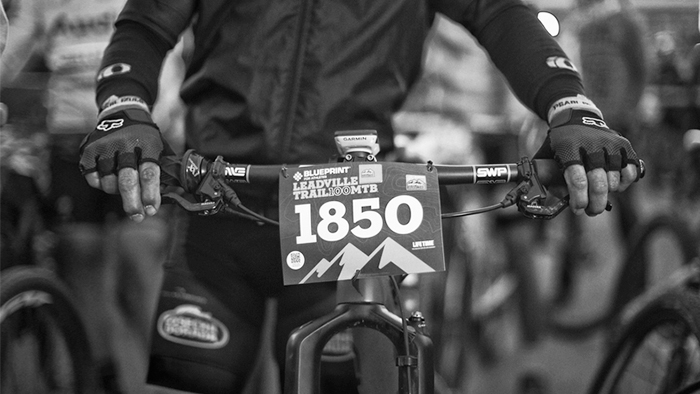Leadville, Colorado, is home to four of the five running races that are a part of the Leadville Race Series hosted by Life Time. As a new 2025 sponsor, TrainingPeaks is excited to support athletes throughout the journey.
Whether you’re running the 10k or the 100-mile, the races cover iconic trails at high-altitude Rocky Mountain terrain, which is no easy feat. Set yourself up for success for your race with these tips to prepare for the altitude, heat, and distance.
Training: Find the Right Training Plan for You
Training plans can keep you accountable, on track, and able to reach your goals. The right training plan for you is tailored to your specific event, provides additional support, and allows you to track race readiness, fatigue, and more.
Boundless Coaching, another Leadville Race Series Sponsor, specializes in endurance coaching for all athletes of all levels and provides race-specific training plans for all Leadville races.
Boundless Coaching “encourages athletes to chase big, bold, even scary goals—not just for the finish line, but for what the journey does for the rest of their lives.”
“Training for Leadville often inspires better sleep, healthier habits, improved focus, and even better parenting, thanks to the clarity and calm that training brings. Leadville is truly special, and I’m incredibly honored to have both raced it and coached athletes in this amazing community,” says Ryan Krol, coach and owner of Boundless Coaching.
Common Questions Regarding Training Plans
We reached out to the team at Boundless Coaching and asked them a few questions for more insight into the benefits of training plans and how to determine which one is best for you.
Q1: How do you know if you need a training plan? What are the benefits of having a training plan?
A training plan is like having a roadmap to success. It allows you to show up on race day with confidence, knowing you’ve put in the work and followed a proven path that has led many athletes to that coveted finisher’s buckle.
With challenging and long events like those in the Leadville Race Series, it’s common to feel anxious or unsure if you’re doing enough. A well-structured plan removes that doubt—it provides clarity, consistency, and peace of mind. Check out our TrainingPeaks Training Plans that will help you conquer any endurance feat.
Q2. When should you follow a pre-made training plan versus connect with a coach 1:1?
There are a few key scenarios where working 1:1 with a coach really makes a difference.
If you have a demanding or unpredictable schedule—whether it’s due to work, travel, or family—a coach can adapt your training in real-time, helping you stay on track despite the chaos.
The accountability piece is huge too: knowing someone is reviewing your workouts, analyzing your data, and meeting with you regularly can be incredibly motivating. At Boundless Coaching, we offer personalized 1:1 coaching to help guide you on your endurance journey.
A coach is especially valuable if you’re tackling multiple events or disciplines, like the Lead Challenge. That’s where personalized guidance, especially from someone who’s been through it themselves, can be a game-changer. Our elite Boundless Coaching Team is the best in the industry—emboying the perfect combination of experience, passion, and education.
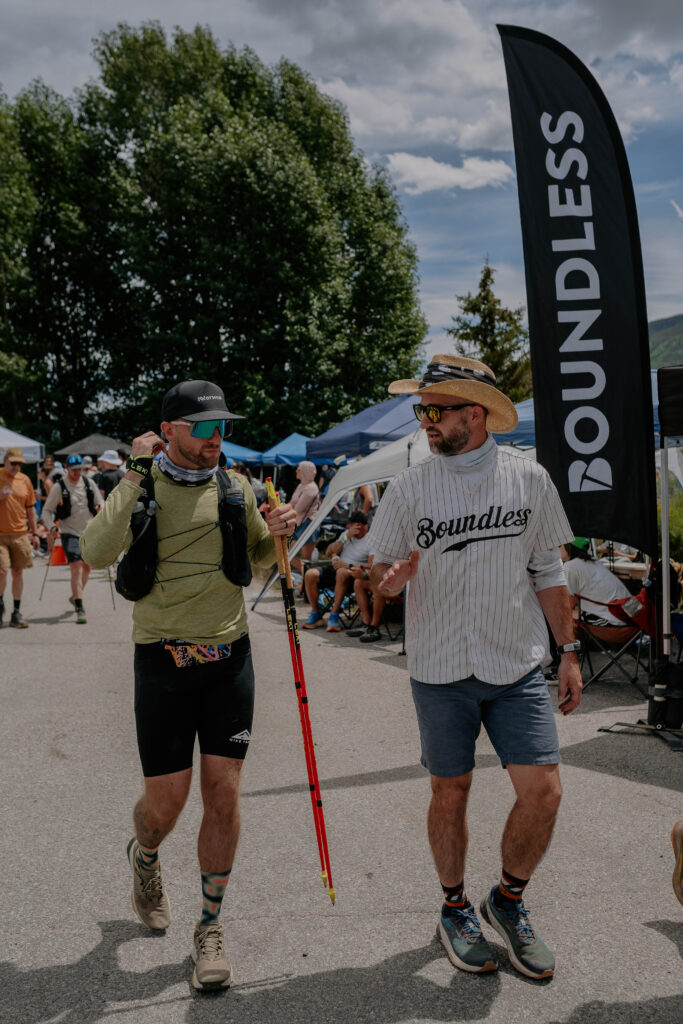
Q3: Do you have any advice for racing in Leadville?
Train your brain. Mental toughness—what we call “mental callusing”—is essential. The second half of both the LT100 Run and MTB is more mental than physical.
After years of coaching, I’ve noticed that athletes who fully commit to their program—and consistently complete their workouts (we call that turning them “green”)—rarely fall short. Yes, it’s partly about the physical training, but the green workouts also represent grit, discipline, and resilience. No one wants to train in the cold, rain, or when they’re unmotivated, but those moments build the mindset you need in Leadville. Check out our webinar on Mental Performance here to help prep you for the upcoming race season!
Q4. What separates your Leadville training plans from other Leadville or general distance-based plans?
First and foremost, our plans work. We’ve had countless athletes cross the finish line and earn their buckles following these exact programs. But beyond that, it’s the specificity.
Our plans are tailored to the actual demands of the Leadville courses. Take the LT100 MTB, for example—we build in long, grinding tempo intervals like 3 x 18 minutes to replicate the effort of climbing Columbine. That kind of specificity is hard to find on platforms like Zwift or TrainerRoad, but it’s essential if you want to be ready for race day.
Nutrition: Fuel Your Body for the Terrain
One of the golden rules of nutrition is to never try anything new on race day. You never know how your gut will react, and you want to keep the variables that may affect your performance as low as possible.
Even if you’re planning on carrying your own nutrition, it’s in your best interest to train with what’s on course a few times during your training block just in case you need it. It’s not unheard of to accidentally drop fuel, need extra, or want something different than what you’re carrying.
Check out the athlete guides on the Leadville website to find out what nutrition is available during your specific race.
Heat and Elevation Affect Fueling Needs
Heat and elevation will likely affect your fueling and hydration needs. Make sure you’re adequately hydrated the day of and the days leading up to the race, and fuel up on nutrient-dense and antioxidant-rich foods.
Some studies suggest that protein and carbohydrate needs increase at altitude, along with faster increased fluid loss. Consider increasing your nutrition leading up to and on the day of the race, along with maintaining adequate hydration levels by drinking throughout the day.
Mitigate the potential of hyponatremia, which is caused by drinking too much plain water before and during exercise and/or too much sodium loss during exercise, by adding sodium to your water, or consuming a drink mix with sodium. Sodium needs can differ based on your own personal sweat rate, but one gram of sodium per hour of exercise is recommended for athletes with heavy sweat loss.
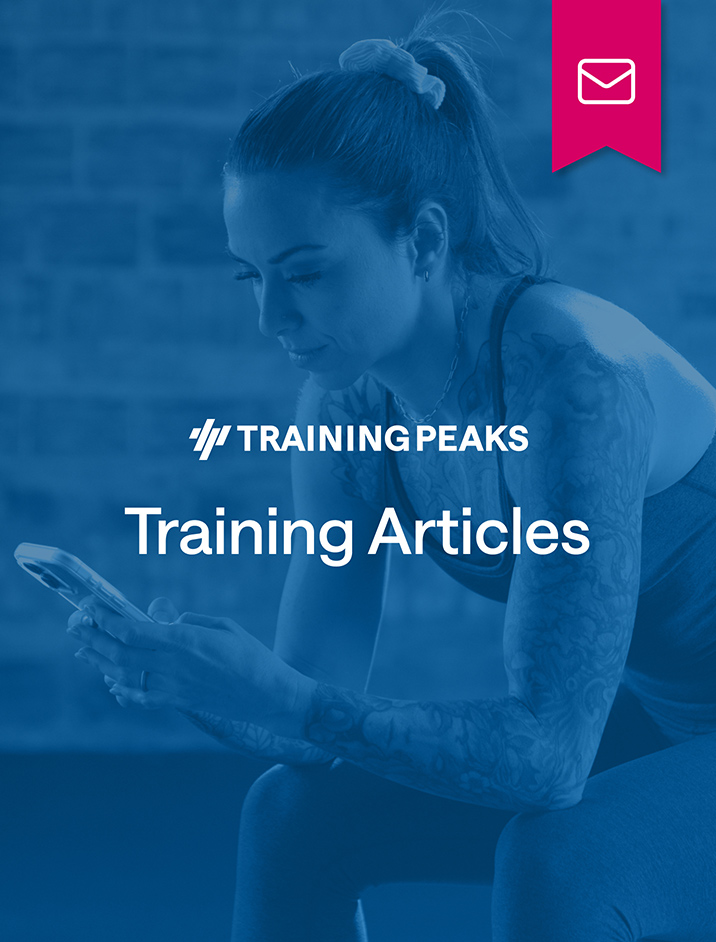
Course Elements: Train for Heat and Elevation
Racing in heat and elevation is not for the faint of heart: there’s a reason why nearly half of Leadville participants don’t finish. But don’t worry, there are ways to prepare.
With Leadville sitting at 10,000+ feet, most runners feel some sort of effect or change from the lower oxygen availability, unless they already live or train at altitude. Leadville is sometimes cool temperature-wise, because of the elevation, but it usually gets pretty warm during the day.
Tips on Heat Acclimation
If you’re racing a longer course running later in the day, it’s a good idea to incorporate heat training to help you prepare. Plus, heat training can even boost performance when racing in the cold.
If it’s available to you, heat training camps are a good option, or you can make simple changes to your training routine. For example, taking regular hot baths or sitting in a sauna immediately following moderate exercise can help acclimate to heat.
For more on heat training, check out The Benefits of Training in the Heat and How to Do it Safely.
Preparing for Altitude
Altitude training (AKA hypoxic training) has been used by athletes for several decades. If you’re able, consider doing a training stint at altitude. Not only will it prepare you for what to expect, but it will also help with training. Studies show that altitude training helps increase red blood cell production, enhance oxygen delivery, increase capillarization, and more.
To learn more about these benefits and how to maximize your training at altitude, check out Your Guide to Altitude Training: Benefits, Preparation, and Measures of Success.
If you aren’t able to do an altitude training camp, it’s best to arrive at the race at least a few days in advance. In fact, one study showed that aerobic performance decreased by 11.3% within one to three hours of arrival at altitude. However, half of that performance, 5.7%, is received after about 45 hours of acclimatization.
Conquering Leadville takes more than just physical fitness—it demands smart planning, mental toughness, and respect for the terrain. By following a structured training plan, dialing in your nutrition, and preparing for the altitude and heat, you’ll give yourself the best chance to succeed.
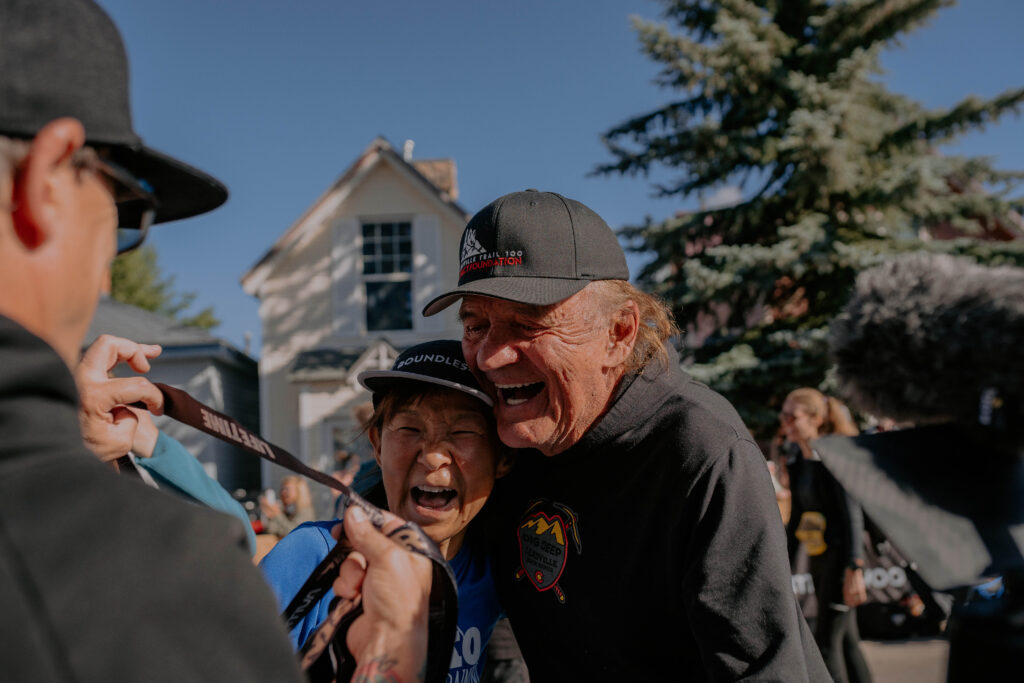
References
Deng, L., et al. (2025, February 17). Impact of Altitude Training on Athletes’ Aerobic Capacity: A Systematic Review and Meta-Analysis. Retrieved from https://www.mdpi.com/2075-1729/15/2/305
Zurawlew, M., et al. (2019, August 27). Post-exercise Hot Water Immersion Elicits Heat Acclimation Adaptations That Are Retained for at Least Two Weeks. Retrieved from https://www.frontiersin.org/journals/physiology/articles/10.3389/fphys.2019.01080/full

